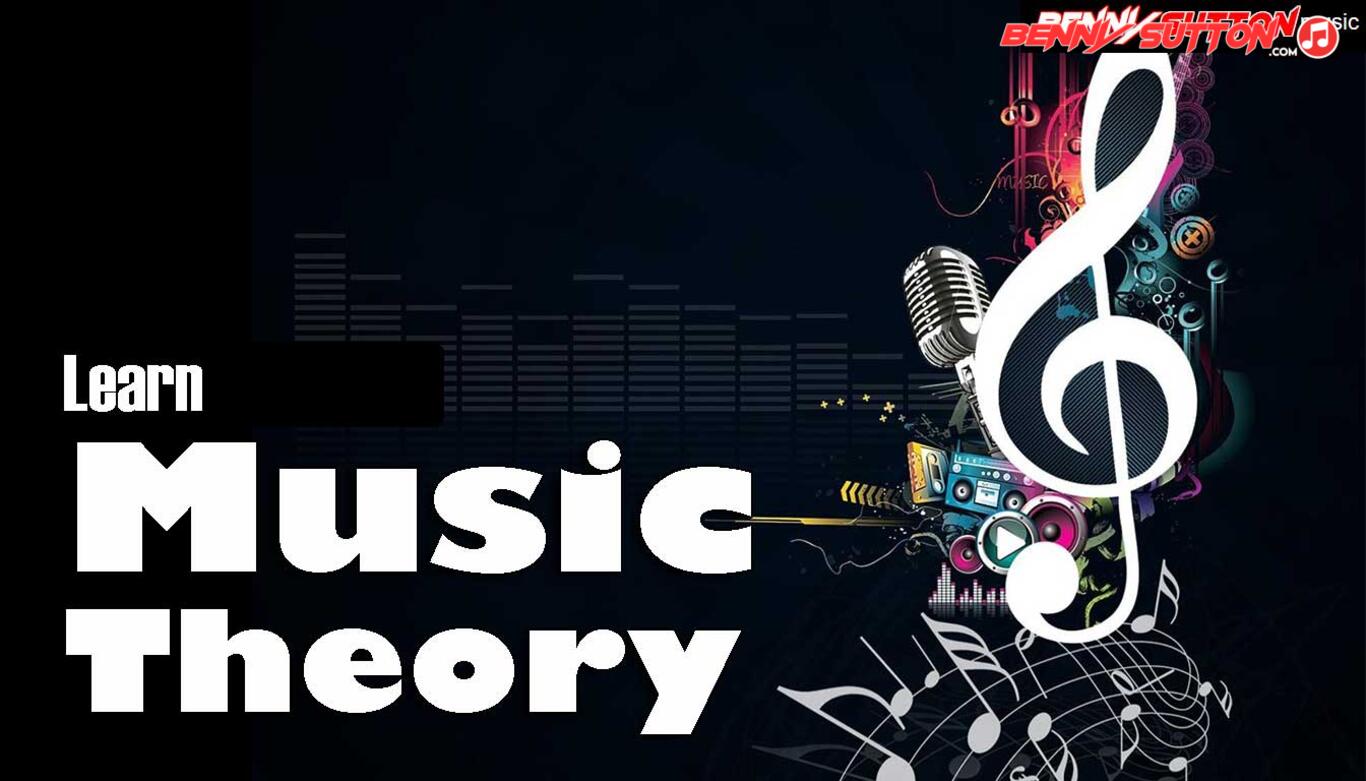Two distinct triads/chords sounding simultaneously (e.g., D/C) creating complex aggregates.
Polychords
Polychords are combinations of two or more distinct chords played simultaneously, often stacked so that one harmony sits “over” another.
This technique produces dense, layered sounds that can imply bitonality (two tonal centers at once) or simply enrich a single key with complex color.
Polychords appear in orchestral music, jazz, film scoring, and fusion — anywhere composers seek tension, harmonic ambiguity, or orchestral depth.
Structure
A polychord is typically written as:
UpperChord / LowerChord
For example:
D / C → play a D major triad (D–F♯–A) over a C major triad (C–E–G).
The result (C–D–E–F♯–G–A) produces the Cmaj13♯11 sound — a lush, modern hybrid.
| Example | Lower Chord | Upper Chord | Combined Notes | Composite Color |
|---|---|---|---|---|
| D/C | C–E–G | D–F♯–A | C–D–E–F♯–G–A | Cmaj13♯11 (Lydian sound) |
| E♭/F | F–A–C | E♭–G–B♭ | F–G–A–B♭–C–E♭ | F9sus4 (Mixolydian color) |
| A♭/G | G–B–D | A♭–C–E♭ | G–A♭–B–C–D–E♭ | G13♭9♯11 (altered tension) |
| G/D | D–F♯–A | G–B–D | D–F♯–G–A–B | D9sus4 / Gmaj add9 texture |
The naming convention simply tells you which chord to place over which bass, without prescribing exact voicing.
Tonal Concept
Polychords blur the line between harmony and orchestration.
Instead of extending a single chord, they superimpose tonalities, creating tension through overlapping scales and intervals.
Common conceptual uses:
- Bitonal: two distinct key centers at once (e.g., D major over C major).
- Color additive: upper chord enriches the lower one with non-diatonic tones.
- Orchestral layering: each instrument group plays one chord for complex timbre.
Sound and Character
- Mood: rich, dissonant, cinematic
- Color: simultaneously consonant and dissonant; bright against dark
- Function: hybrid — often serves as dominant or subdominant extension
- Texture: layered, modern, and spatially open
Roman Numeral Function
Polychords rarely have strict Roman numeral function since they cross tonal centers.
However, they often behave as Lydian or altered dominants:
| Example | Function | Description |
|---|---|---|
| D/C | Imaj7♯11 | Lydian tonic |
| E♭/F | V9sus4 | Dominant prep |
| A♭/G | V13♭9 | Altered dominant |
| G/D | IV/V | Subdominant or suspended dominant |
Common Progressions
| Progression | Example | Effect |
|---|---|---|
| D/C → Cmaj7 | Lydian resolution | Floating color |
| E♭/F → Fmaj7 | Gospel/Jazz lift | Smooth upward tension |
| A♭/G → G7 → Cmaj7 | Altered dominant cadence | Modern jazz feel |
| G/D → D7 → Gmaj7 | Bitonal suspension | Spacious movement |
Real-World Examples
| Work / Song | Composer / Artist | Use |
|---|---|---|
| “Petrushka” | Stravinsky | First major orchestral use of bitonality (C/F♯) |
| “Maiden Voyage” | Herbie Hancock | D/E polychords form modal anchor |
| “Eleanor Rigby (strings)” | The Beatles | Implied bitonality through overlapping lines |
| “Nefertiti” | Miles Davis | Quartal + polychordal layering |
| “The Rite of Spring” | Stravinsky | Extensive stacked harmonies for drama |
Application Tips
- Piano: voice lower triad in left hand, upper triad in right; avoid doubling clashing tones.
- Guitar: focus on implied polychords by layering open-string shapes.
- Arranging: assign each chord to different instruments (e.g., strings vs brass) for orchestral depth.
- Combine quartal upper chords over tonal basses for a hybrid modern sound.
- Great over pedal basses or modal grooves where bitonality can breathe.
Sound Relationships
| Lower Triad | Upper Triad | Resulting Color |
|---|---|---|
| Major + Major (whole step apart) | Lydian, bright | C + D → Cmaj13♯11 |
| Major + Minor (up a 3rd) | Bluesy / suspended | C + E♭ → C7♯9 |
| Minor + Major (up a 4th) | Modal / quartal | Am + D → A11 |
| Major + Major (tritone apart) | Altered dominant | C + F♯ → C7alt |
Summary
| Attribute | Value |
|---|---|
| Formula | Two distinct triads combined (UpperChord / LowerChord) |
| Tonality | Bitonal or extended |
| Emotional Color | Rich, cinematic, complex |
| Function | Dominant, Lydian, or ambiguous tonic |
| Common Progressions | D/C → Cmaj7, E♭/F → Fmaj7 |
| Used In | Jazz, classical, film, fusion, modern orchestration |
